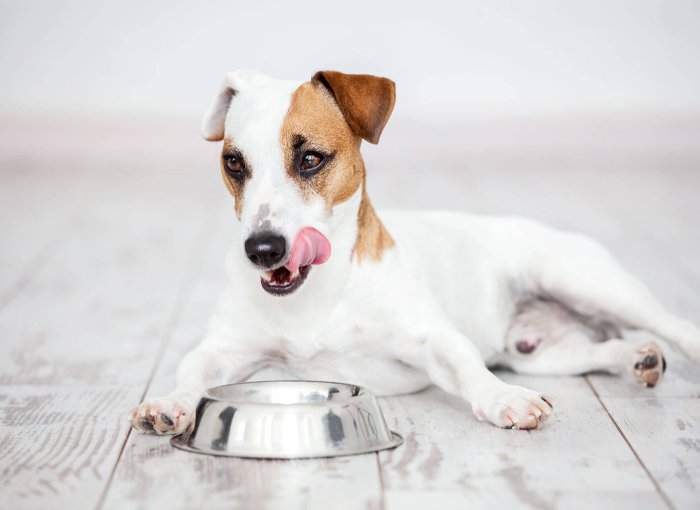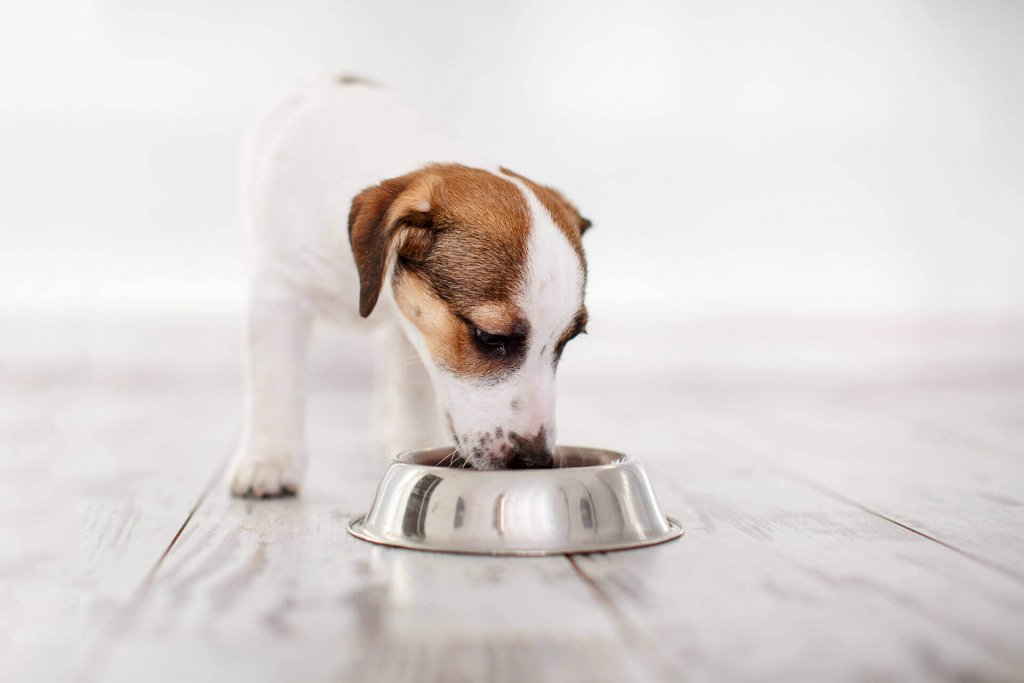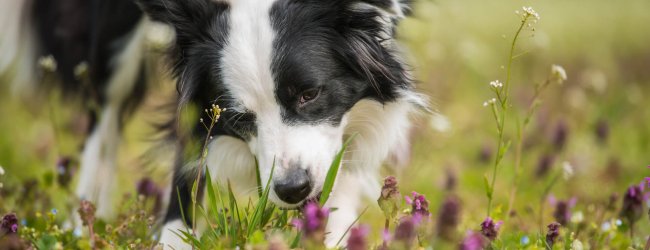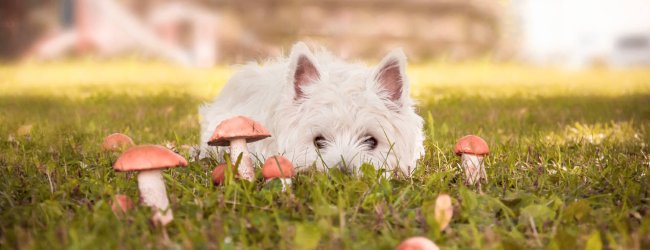How much should I feed my dog and how often? Find out now!
Feeding your dog might be a challenge, if you're not familiar with the individual needs of your furry friend. Get the best tips on how much and how often you should feed your canine buddy!

Maybe you’ve got a dog that’s always hungry. Or a pooch who only ever picks at what you give them. Your dog’s diet is all about balance – get it right, and you’ve got yourself a happy, healthy pet. The tails.com veterinary and nutritionist team is here with some tips to get you started.
Feeding your dog: the 4 options
Wet food or dry? Fresh or frozen? There are so many dog food options out there, and often a bowlful of secrecy around what’s in them. It’s no wonder many of us are rethinking what our dogs eat. But many custom diets are complicated and time-consuming to get right, so it’s worth doing some research before you start:
1. Off-the-shelf food
Whether you serve kibble or wet food, it’s almost impossible to know exactly what’s in shop-bought options – even after studying the label.
2. Homemade food
Dogs need different nutrition to us, so making your dog’s food yourself isn’t just a case of making a bit more of the family dinner. Calculators at the ready; you’ll need to keep track of the nutrients in each recipe, and make a detailed meal plan that covers everything your dog needs.
3. Raw food
A fridge full of raw meat means an increased risk of food contamination. Feeding this way may sound straightforward, but when your dog’s on a raw diet, food prep can take over your kitchen, and your life, in the same way home-cooking can.
4. Tailored food from tails.com
Tailor-made to make it easy to give your dog exactly what they need, without any faff. We create a unique combination of kibble for every dog: an easy to serve bespoke diet made from quality ingredients and no nasties. Sound good? Try two weeks free.
How much should you feed your dog?
The amount you need to feed your dog varies food by food and dog by dog. Online dog calorie counters are good for giving a rough idea. Things that affect how much you need to feed your dog include:
- Breed
- Size
- Age
- Metabolism
- Activity level
- Hunger level
- How often they eat
- The nutritional content of their food
At tails.com, we do all the sums and give you a handy portion scoop, so you can measure out your dog’s exact portion without a second thought.
Your dog’s metabolism slows down as they get older, so you’ll need to adjust the calories in their diet to stop their weight creeping up over time. At tails.com, we work all this out for you, so your dog stays full of energy at every stage of their life, without putting on weight.

Feeding a dog who needs to lose weight
Feeding an overweight dog means cutting back on calories, without leaving your dog hungry. Weight management diets are full of slow-release carbohydrates to keep your dog feeling full. At tails.com, we also include the amino acid compound L-carnitine to help your dog metabolise fat. Treats aren’t off the menu altogether, but stick to low-calorie options like our Good Dog Treats.
Feeding a dog who needs to gain weight
Underweight dogs often have a small appetite – feeding little and often can be the answer. For some dogs, leaving food out all day can also be a good option; this is known as free, or ad lib feeding. It isn’t suitable for all dogs, so give it a miss if your dog:
- Has a poor appetite
- Is deep-chested and prone to bloating
- Has a medical condition, like diabetes, that could make free feeding harmful (check this with your vet)
- Has digestion problems
The effects of feeding too much
We all love feeding and treating our dogs. But give them too much, or too many high-fat, high-calorie options, and you could put them at risk of obesity-related problems:
- Joint problems, including arthritis
- Diabetes
- Heart problems and high blood pressure
- Breathing difficulties
- Increased risk of developing certain tumours
- Higher risk should your dog need anaesthetic during surgery
- Lower quality of life
- Shorter life expectancy
Want to know more about feeding your dog? Ask the tails.com team at hello@tails.com




